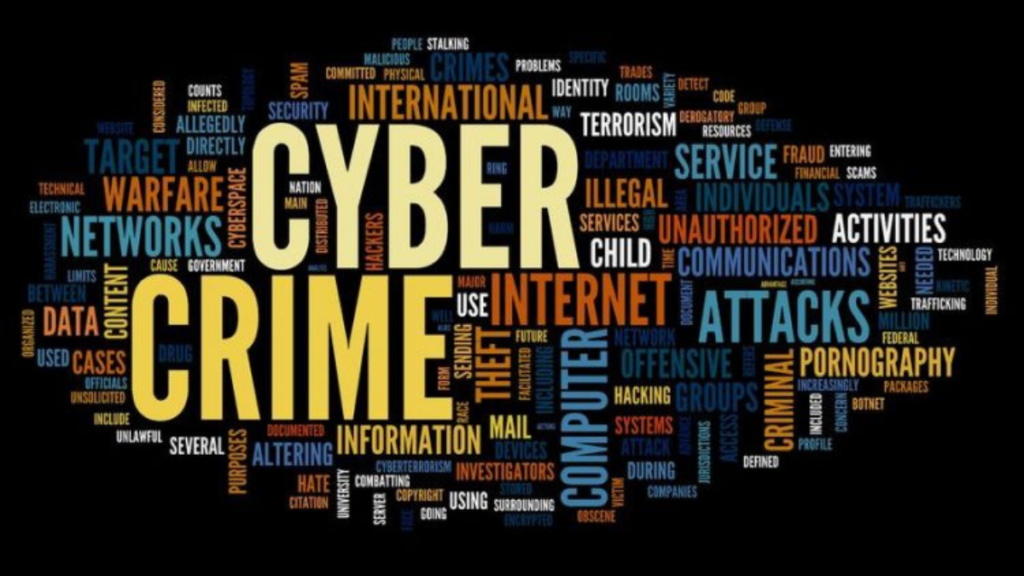
Over the past few decades, the world has changed at a rate that has never before been seen. Although technological developments are unavoidable, the speed at which they are occurring is unprecedented. The rapid growth of the internet is the cause of these rapid changes. The way we live has changed dramatically as a result of the growing number of computers and mobile devices that are connected to one another over the Internet. Every aspect of human existence has been affected, including how people communicate with one another and with computers, how people interact with the government, how individuals conduct financial transactions, and how the market economy is developing. The cyber world has created new difficulties as well as new dimensions and capacities.
The rapid growth of electronic commerce has increased the demand for dynamic and functional regulatory frameworks that would strengthen the existing legal framework, which is essential to the success of electronic commerce. All of these regulating frameworks and legal systems fall under the purview of cyber law. Because it affects practically all areas of transactions and activities involving the Internet, the World Wide Web, and cyberspace, cyber law is crucial. In cyberspace, every action and response has a legal and cyber legal component.
In conclusion, even if a society free of crime is ideal and simply a fantasy, laws should always be put in place to keep crime rates as low as possible. Crime based on electronic law-breaking is sure to rise, especially in a society that is becoming more and more reliant on technology. To combat this, lawmakers must go above and beyond what impostors are willing to do.
Technology is always a two-edged sword that can be employed for either good or harmful purposes. Steganography, Trojan Horse, scavenging, and even DoS or DDoS are all technologies and aren’t in and of themselves illegal, but if they fall into the hands of someone with bad intentions who want to abuse or exploit them, they are added to the category of cybercrime and are then crimes that can be prosecuted.
In order to ensure that technology develops in a healthy way and is utilised to grow legal and ethical businesses rather than to commit crimes, rulers and law makers should work tirelessly to achieve this. It should be the responsibility of the three parties involved, i.e., the authorities, authorities, legislators, and agents. ii) Internet or network service providers, banks, and other intermediaries; iii) users, who should take responsibility for information security by performing their individual roles within the allowed parameters and ensuring compliance with local laws.